
 |
|
|||||||
| Aldrovanda vesiculosa Everything about the Water Wheel Plant |
 |
|
|
Thread Tools | Search this Thread | Display Modes |
|
#1
|
||||
|
||||
|
I posted some images here, earlier at https://forum.petpitcher.net/showthread.php?t=194 but I'll go through the essentials here in this separate thread.
It's taken me about 20 years to finally understand these plants; as simple as they may appear, they actually have a very complex symbiotic relationship with several other plants and organisms in a close knit niche, and without most, or all of these members present, in a very intimate and close proximity, the Aldrovanda will go into decline and die. During my earlier years in attempting to grow them in various containers, I was convinced that there must be some magic formula to get the water chemistry just right so that they would grow as easily as most Utricularia do for me in cultivation, but time after time, the Aldrovanda would grow well initially for a few weeks, or months, but then start to go into decline, and eventually crash and die, most cases overwhelmed in some algae bloom. I was also under the false impression that the pH was a factor, and that they required very "clean" acidic water. I also made the mistake of trying to grow them in containers that were too deep. I went through countless recipes of various broth mixes of peat, pine needles and oak leaves, bark, various other compost mixes, and pH adjusting additives, and including a UV filter to keep the water nearly sterile. I look back now and realize that my earlier assumptions about Aldrovanda were totally ALL wrong! First, it's NOT the chemistry of the water so much as the Biology, in that all of the constituent members of this close knit symbiotic relationship are present, and active. The plants actually do better in water that tests neutral (pH=7.0), instead of acidic conditions! It also seems to do best where there is some clay in the detritus, and that clay and detritus is stirred up occasionally so that the water is a disgusting slurry of clay and detritus to the point where the strands are barely visible. According to Lubomir Adamec, Aldrovanda's most important essential requirement is CO2, which it needs for photosynthesis. This is produced by the respiration of large monocot plants' extensive root system. CO2 out gasses directly upward and very quickly, as anyone knows who had left a carbonated beverage out in a glass too long, realizes that it's gone flat. These roots need to be in very close proximity to the Aldrovanda, and directly beneath the strands, even exposed, and commingled with the Aldrovanda, otherwise the CO2 becomes too diluted, and dispersed, and useless to the Aldrovanda, which is one reason why they don't grow well in water that's too deep. The best strands grow in just a few inches of free standing water, in areas that look like someone's over watered backyard lawn after a flooding rain storm, commingled with the grass-like plants that are anchored in the detritus, and rise above the water, and in full direct sunlight all day long. There are deeper areas in my ponds, that are "knee deep" or more, but there are no Aldrovanda strands in these spots, only those areas that are "ankle deep" or less. This niche is also the areas that contains the highest population density of zooplankonic creatures, as they dwell in the detritus, but climb up on those grassy stems to get air, and oxygen rich water at the surface. Here a host of creatures from snails to copepods to mosquito larvae, even several worms, including tubiflex worms exist, many of which also groom the Aldrovanda strands feeding on any filamentous algae that might attack the stands, and also wind up as prey for the plants as well! This relationship with the zooplankton population is another critical factor for them, and becomes so powerful, that algae actually goes into decline and disappears within days near the Aldrovanda strands. The Aldrovanda can only utilize a certain amount of the nitrogenous matter that it captures, and releases the excess back into the water; the large monocot plants are very heavy nitrogen feeders, and quickly absorb and assimilate this excess, and in return get a boost in growth, which accelerates CO2 production from their roots by respiration, a fully reciprocal (mutualism) symbiotic relationship. Without this balance, algae, being an opportunist, takes advantage of this and overwhelms everything to death. The zooplankton community also benefits by having the Aldrovanda serve as an effective predator in order to keep their population in control, and in balance with the environment, by preventing the cyclic population explosions, resulting in collapse, followed by massive, killing algae blooms, and eutrophication. Aldrovanda is the only effective predator that can exist in these dystrophic small pools, that tend to be very low in oxygen, and dry out frequently; Aldrovanda is also one of the few aquatic plants that actually has a survival mechanism which enables it to survive being out of water for several weeks time. Aldrovanda also grows faster, and branches more often in direct response to the amount of prey that it captures, so that it can keep up with the exponential growth of the zooplakton community. In ideal conditions, Aldrovanda will at least double it's population (apical growth points) every 5 to 7 days, which is why I advise not to grow them in home aquariums, but instead small and shallow pools outside with large companion monocot plants. They can tolerate very warm, even hot water, which may be lethal for most fish, 95(F), (40C) is not unusual, and in fact, it is one of the factors that will cause them to produce flowers. In my ponds, if they have temps in the 90(F) for at least 2 weeks prior to the summer solstice (June 21), they will produce flowers in mid July, and often profusely at that! Anyone wishing to grow these plants should frame out a shallow pond using either decorative block stone, or other materials, and rubberized pond liner, leaving only about a foot deep for water, fill it with water obtained from a local lake or pond, and harvesting as much mud and detritus as possible. Then get some decorative grasses, and grass-like plants such as Carex, Juncus, Typha, Papyra, etc, and when you can see the roots spreading out from the bottom of the pots, (if you prefer to keep them in their pots), then you can introduce some Aldrovanda near these plants, where they can recieve as much direct sunlight as possible. Perhaps some guppies and other fish may be introduced as well. I would also recommend adding some clay to the detritus mix, and even add some live tubliflex worms; in the last photos below, Aldrovanda is growing in just a few inches of water, in a clat bed with mats of tubiflex worms dancing just below the strands, and releasing their CO2 by respiration. Here are some pics from my ponds.   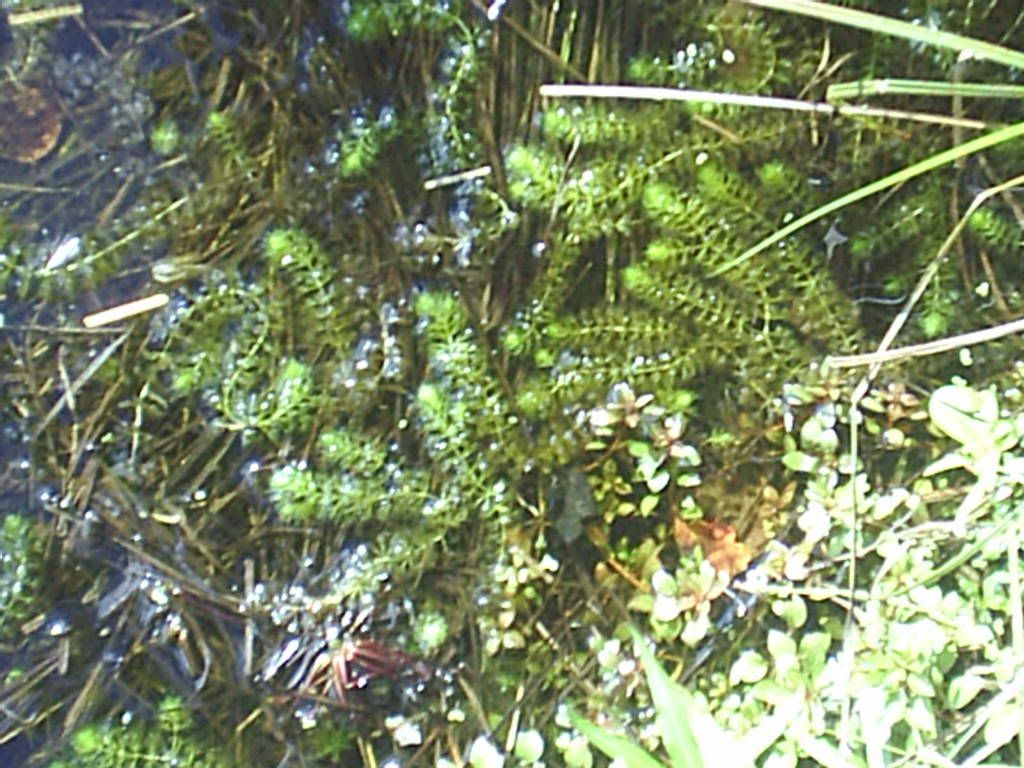   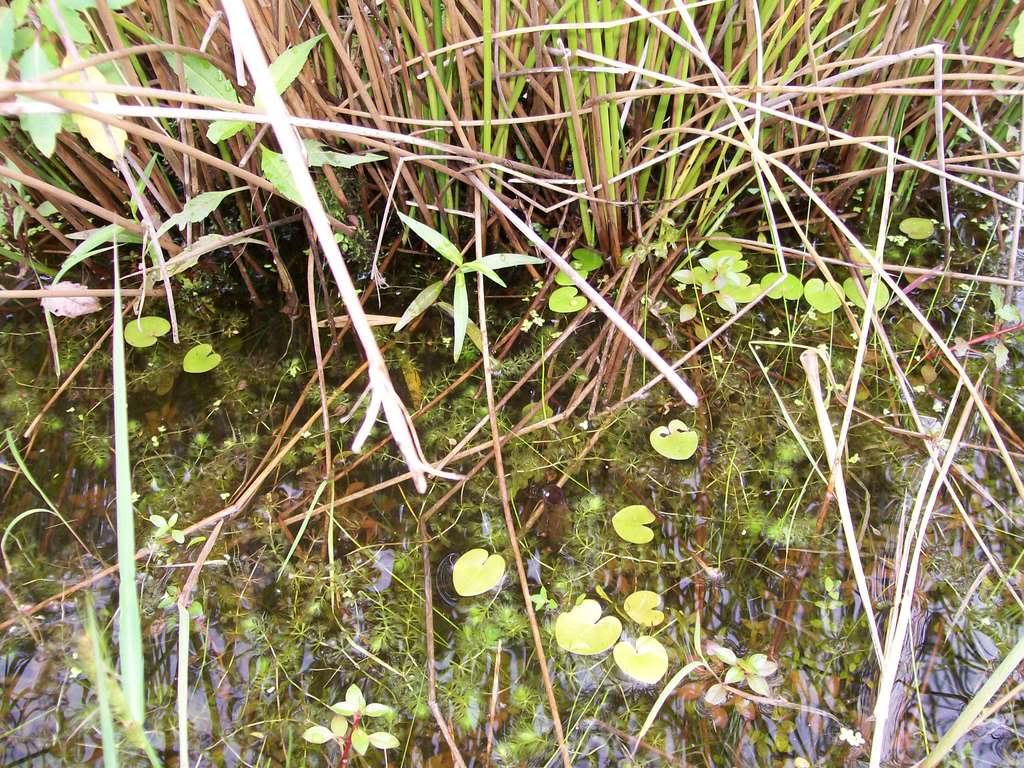 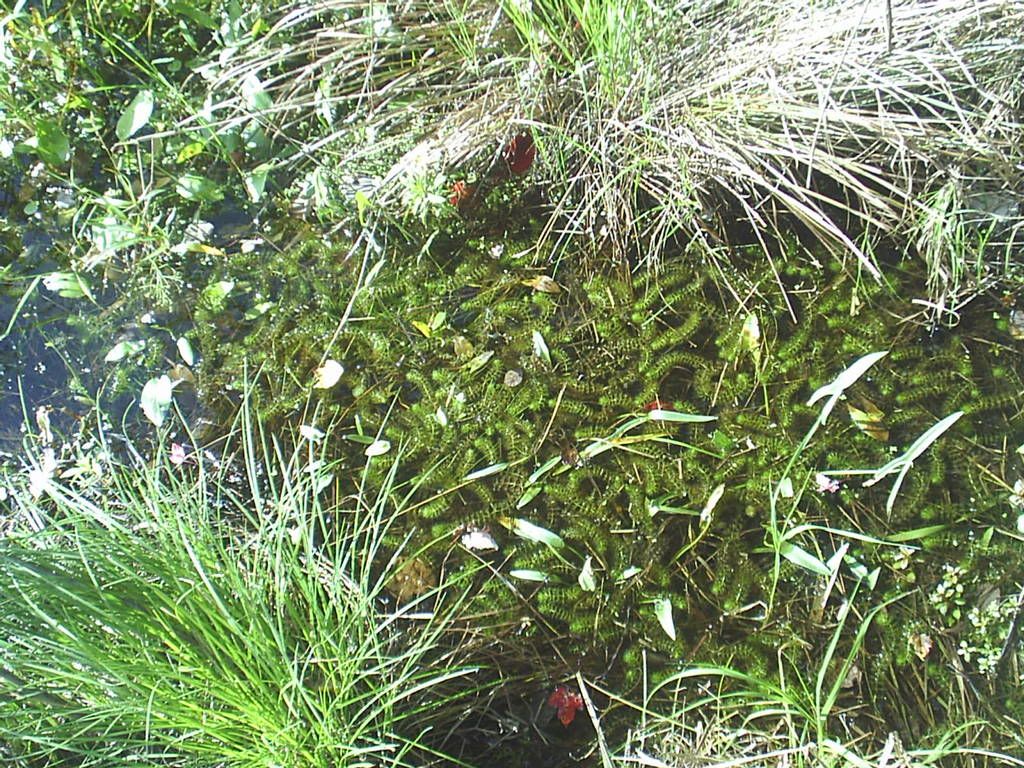 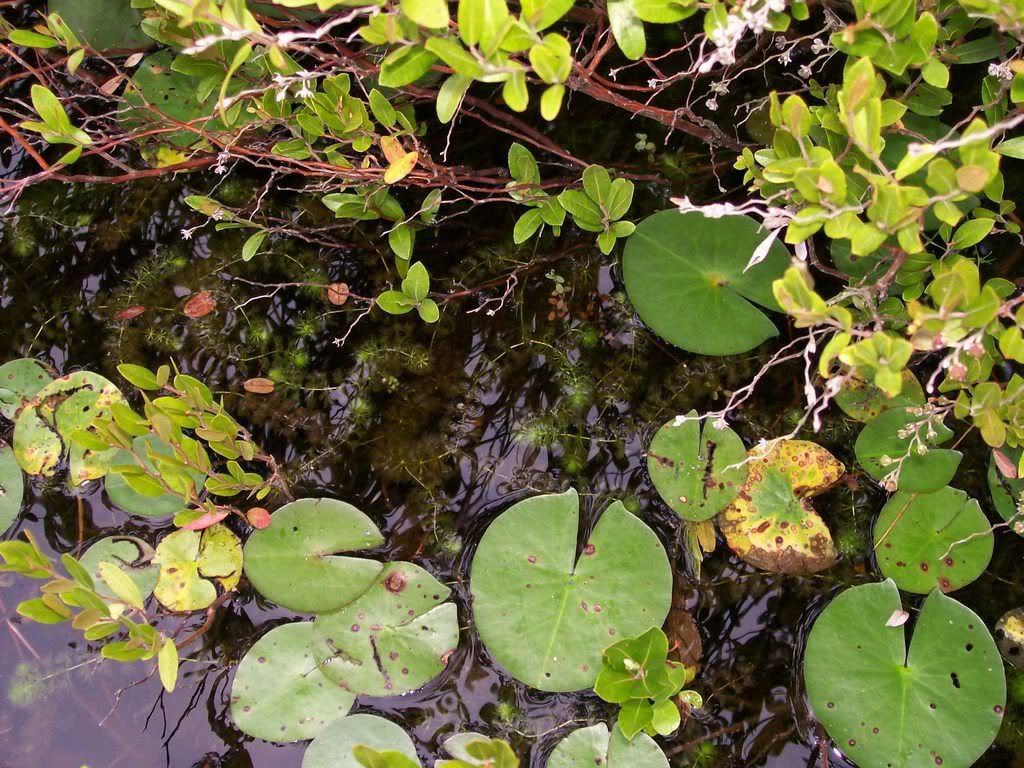 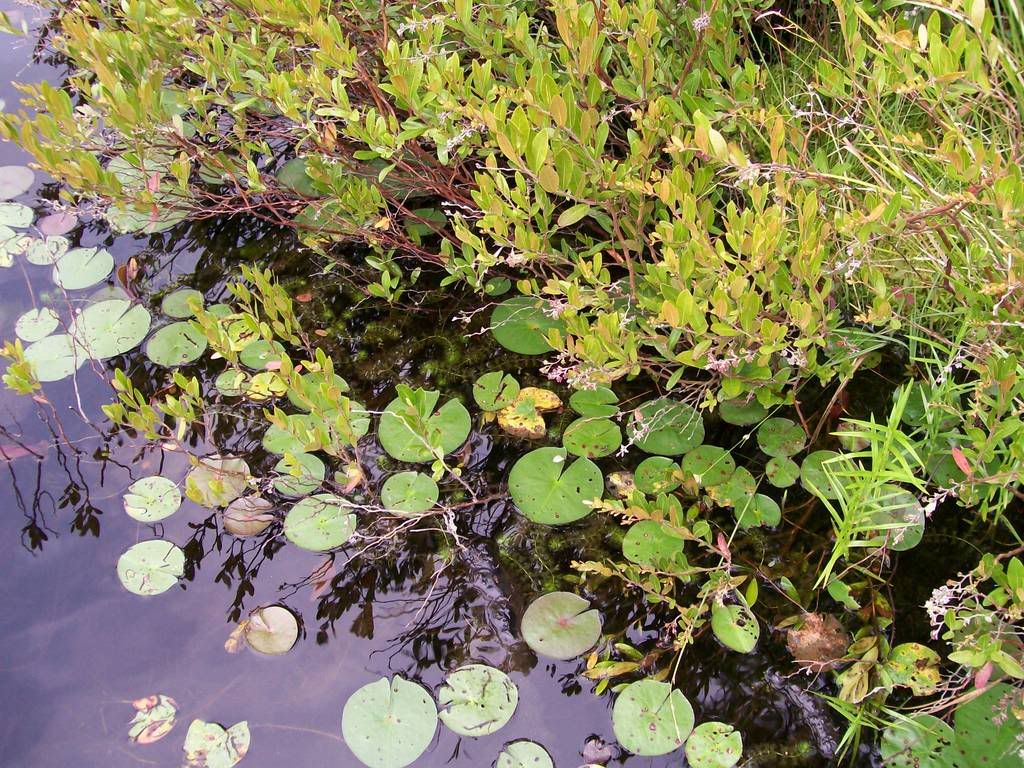   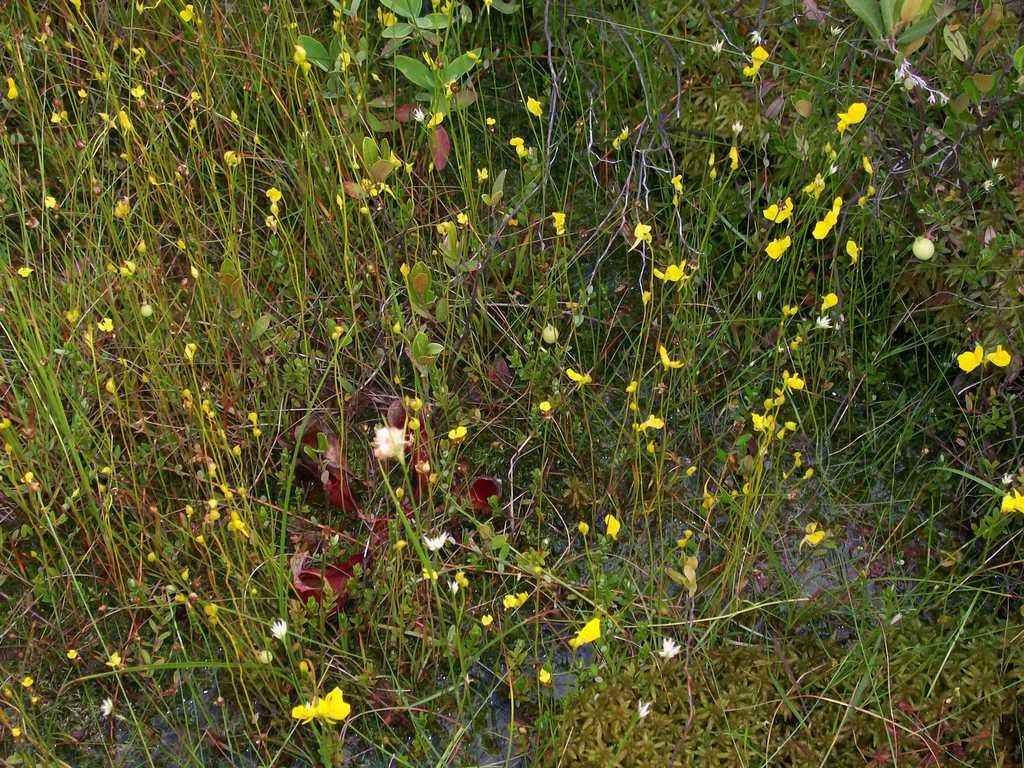 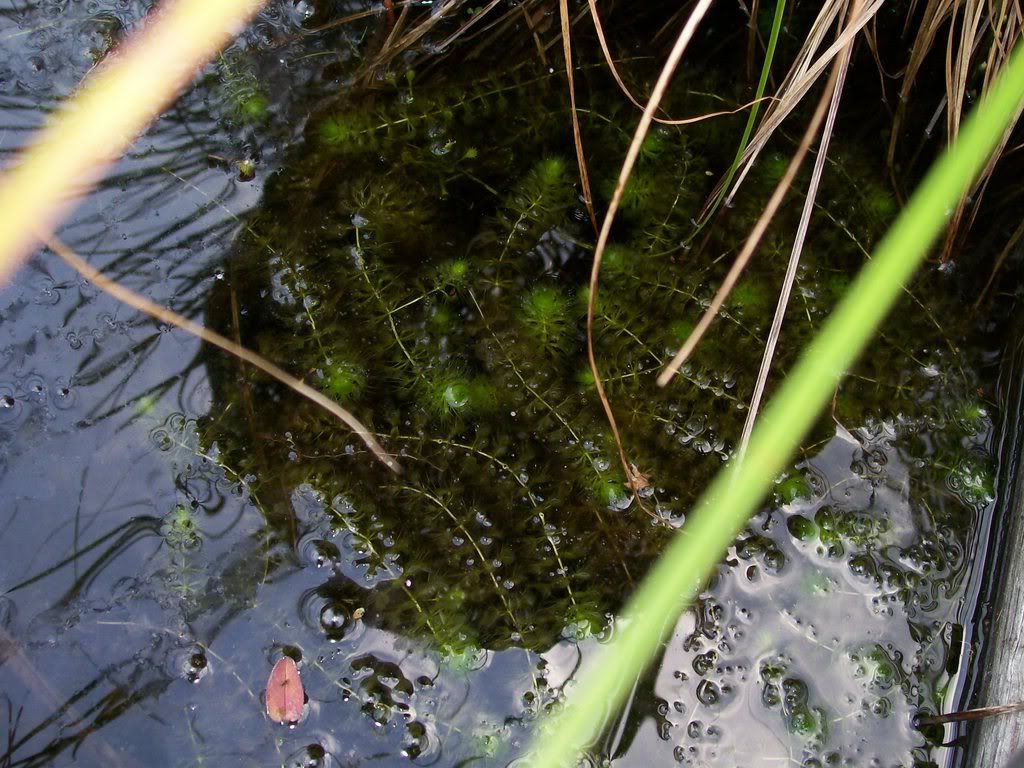 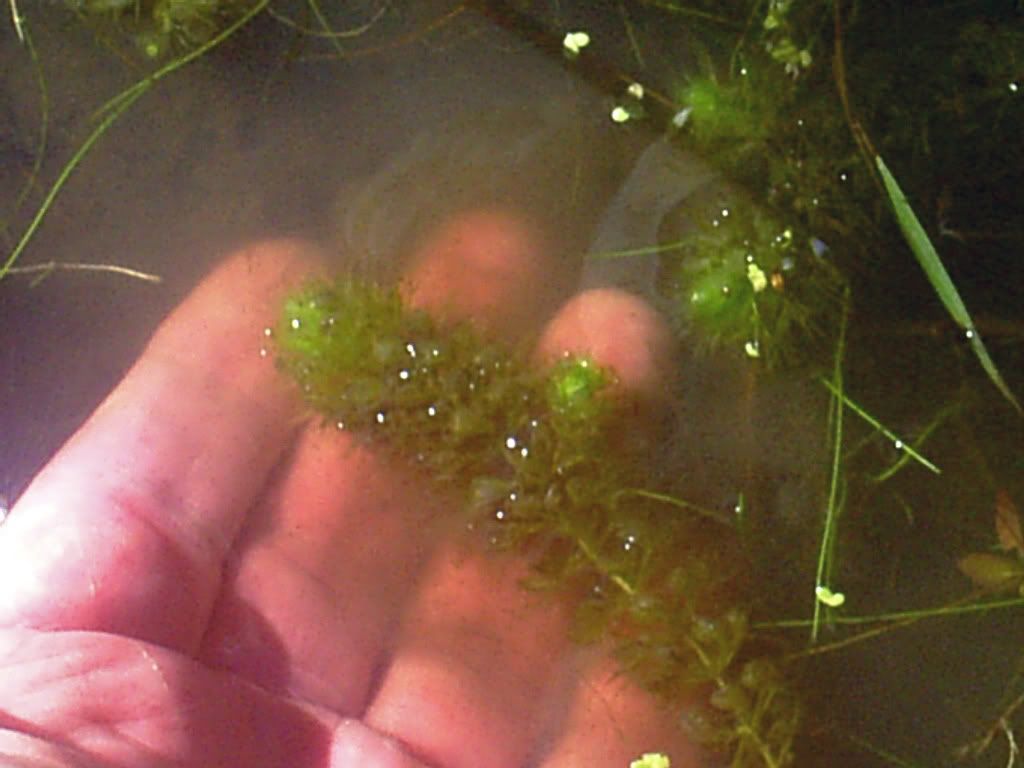 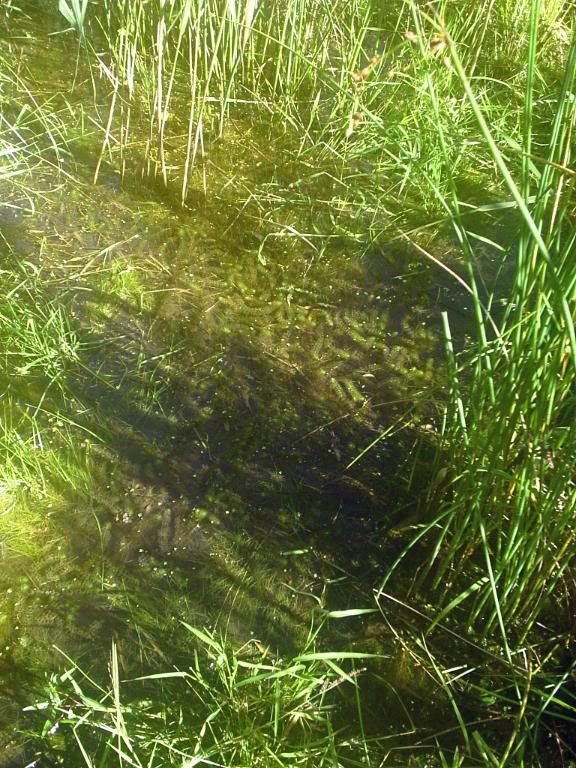 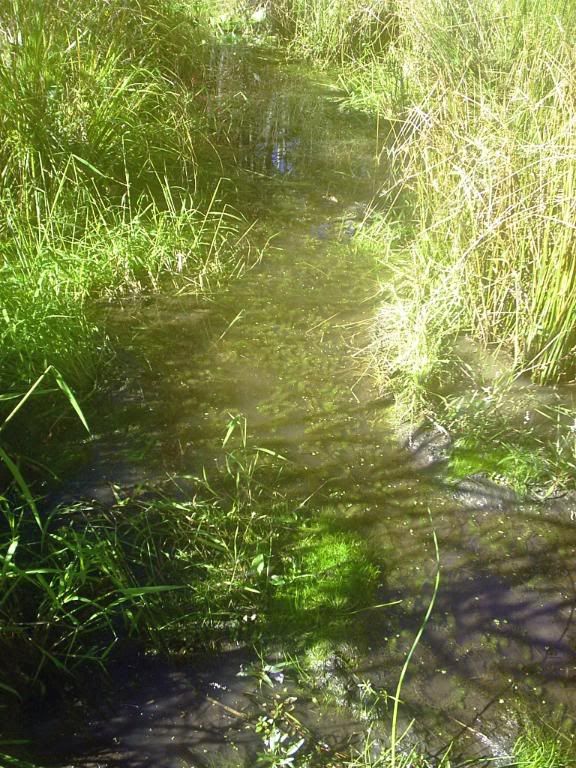  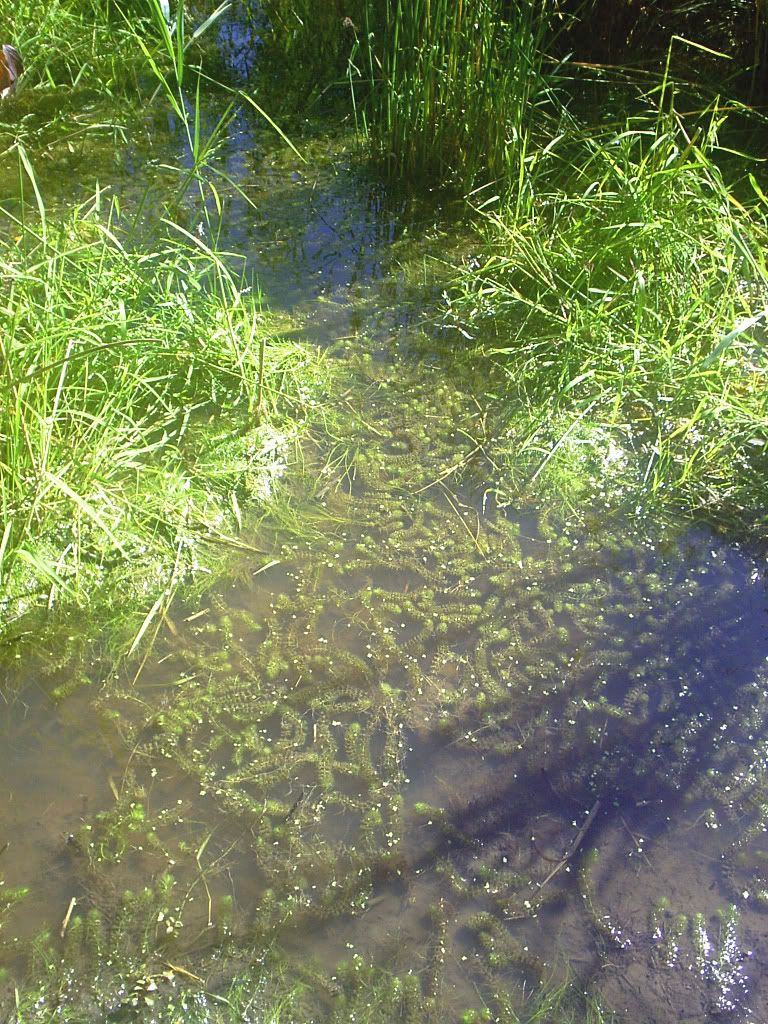 
Last edited by rsivertsen; 11th November 2008 at 04:00 AM. |
|
#2
|
||||
|
||||
|
Thank you so much for sharing yoru cultivationn tips and beautiful pictures of your pond. It's a dream to have a aldro pond like that. I'll archive this.
__________________
Plant Database - Picture Gallery - Little Shop Of Horrors Treat the earth well. It was not given to you by your parents. It was loaned to you by your children. - A Kenyan Proverb |
|
#3
|
||||
|
||||
|
Hi
Man thanks for the info on the cultivation of this guys......seems a little harder than other CPs.....Actually since they're so small "the traps" what do they even catch..... Anyways i really like that pond with the aldros and the sundew if that even is a sundew......So big........How did you even get such a big compound?? Ken |
|
#4
|
||||
|
||||
|
Thanks for the cultivation info. I wonder what plants are monocots and easily found?? Water lilies?? The water needs to be free of chemicals right??
__________________
My blog: http://dissidiaffaaron.blogspot.com/ My gardening blog: http://aaronvft.blogspot.com/ |
|
#5
|
||||
|
||||
|
Hi Rich...
Thank you very much for sharing all the information and sharing those aldro with us... Regards Jonathan
__________________
A dangerous plant and yet so unique and extraordinary... carnivorous plants..... |
|
#6
|
||||
|
||||
|
One site happens to be a floating sphagnum bog in Orange County, New York, near Port Jervis, and has D. rotundifolia and D. intermedia (pictured with some Lycopodium sp.) as well as S. purpurea, pictured with the flowering Utrics. D. intermedia gets very large in some places, even bushy! The water here is slightly acidic, the first site has no sphagnum, and tests neutral (pH=7.0) and has a lot of clay in the detritus, even some clay basin pools where tubiflex worms grow in large mats just under the strands.
Aldovanda will feed on mosquito larvae, small snails, copepods, small shrimp, and even small fish, and other creatures of the zooplankton community, anything that will fit into its traps; btw, Aldrovanda are the ONLY aquatic CP that can catch and digest all stages of mosquito larvae, even the largest ones; Utrics can only handel the smaller stages. I can't really recomend water lilies, as their leaves occupy too much water surface, and prevent the Aldrovanda strands from recieving direct sunlight. In this site, the Aldrovanda nearly gets choked to death by them at the end of summer! The same with Salvinea, water hyacinths, and water lettuce and other aquatic plants that cover the surface area of the water. As for chemicals, one site is a rainwater drainage basin in back of a shopping mall, and gets tons of calcium chloride as well as sodium chloride and other salts during the winter snow and ice storms, even oil slicks and who knows what!? Yet they seem to grow well as long as they have their symbiotic friends with them, and enough rain to wash out the harmful things!  - Rich |
|
#7
|
||||
|
||||
|
This is amazing! I never knew that this is how aldrovanda grows! Its truly amazing!
Thank you for sharing this RICH information! Should I wanna grow waterwheels, then I will try! THANKS!!!! Cheers
__________________
Once bitten, twice shy. Learn to respect and love your CPs before your desire blinds your mind. Check out my Grow-list and my Twitter page! |
|
#8
|
||||
|
||||
|
I wanna grow them too!!!
__________________
My blog: http://dissidiaffaaron.blogspot.com/ My gardening blog: http://aaronvft.blogspot.com/ |
|
#9
|
||||
|
||||
|
Nah i dnt fell like growing them
Ken |
|
#10
|
||||
|
||||
|
Thanks guys, again, growing these plants without all their symbiotic companions is extremely labor intensive and expensive; some people have CO2 pumps that artificially carbonates the water, and still, have to change a third of the water out weekly.
Dave has a few of my previous postings archived now. When you get to the login frame, you can select Aldrovanda from the top line, and read one of three of my previous posts. The detritus feeders are another important aspect of growing Aldrovanda. In the pond, small snails not only graze on any algae that might attach onto the strands, but they also pull out the spent prey from the older traps before algae gets to them as well. When they’re grown in fish tanks, or other containers, without these snails, the older traps that still have spent prey in them quickly gets loaded with filamentous algae, and it spreads out all over the stems and the entire plant. As these snails grow larger, they may even rip off the entire trap, and sometimes the entire leaf, leaving only a thin stem behind the apical growth point. Then the predatory snails' populations gets in gear, and brings the problem back into check. Pretty complicated symbiotic relationships here, huh!?  - Rich - Rich
|
 |
| Currently Active Users Viewing This Thread: 1 (0 members and 1 guests) | |
| Thread Tools | Search this Thread |
| Display Modes | |
|
|